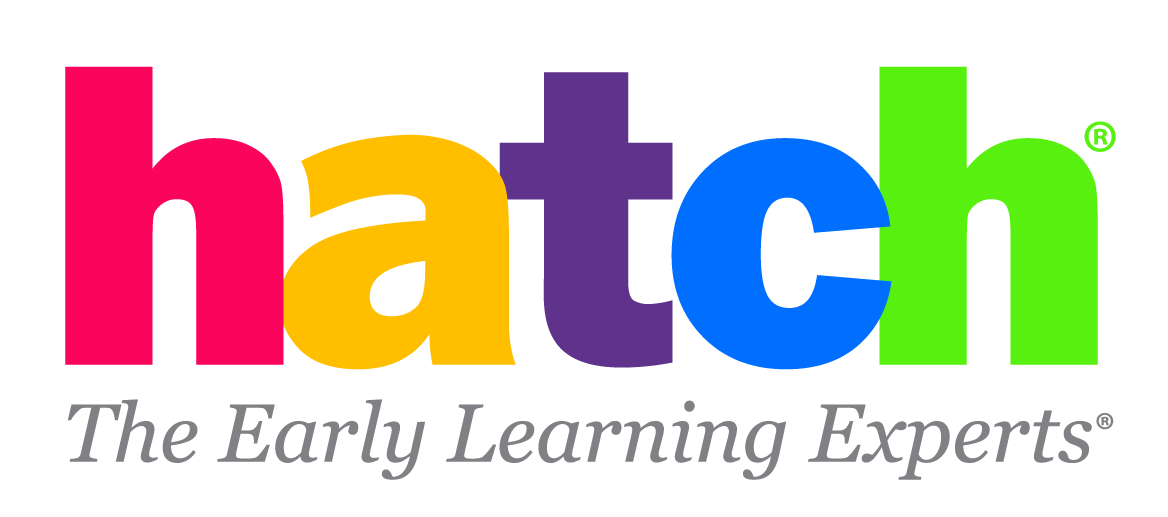Seeing a child grow in their learning is one of the most rewarding experiences for a teacher. But when it comes to helping early learners achieve success in the classroom, there’s one important tool that’s often overlooked: actionable data.
From lesson planning to classroom management, there’s a lot that goes into helping children experience growth — and using data to accelerate learning can fall to the wayside. Luckily with Ignite by Hatch™, collecting, analyzing, and acting on that data has never been easier.
Recently, we spoke with three early childhood educators and leaders who have integrated Ignite into their learning programs. Below, they share how they’ve created a culture that values actionable data and what they’re doing to put that data to work in their classrooms.
3 Ways to Achieve Growth With Actionable Data
1. Use time wisely.
Meghan McNail, a summer transition program coordinator for the Georgia Department of Early Care and Learning, understands that assessment takes time — and carving out that time can be difficult for early childhood teachers.
“It’s a jam-packed six-and-a-half-hour day for us,” says McNail.
“There’s a lot going on, and teachers struggle to find time to do assessments, and then turn around and use that data to plan or see growth and progress in students.”
Thanks to the data-driven reports Ignite provides, teachers in summer transition programs across Georgia are able track children’s progress through real-time data, saving teachers time when they need it most.
“It really gave teachers quick, actionable data they could use to turn around and plan instruction on what they were doing in the classroom,” says McNail.
2. Focus on every learner.
Valarie Londrie, Executive Director for Academics for Los Fresnos Consolidated Independent School District, wants all the children in her learning program to see growth. Londrie says that Ignite has helped to meet every learner where they are. Some children may progress quickly through Ignite, she says, but thanks to Ignite’s real-time data, teachers know when to provide further enrichment.
“We were seeing growth for our advanced learners, but we were also seeing the gap close with our struggling learners, because they worked with fidelity every week on these skills teachers didn’t lose sight of.”
Not only has Londrie noticed a difference in the data from students using Ignite, but teachers have noticed a difference in kindergarten readiness levels in the classroom as well.
"They're saying, 'Hey, these kids are coming to us better prepared than what they were before. We're seeing more students kinder-ready.' And again, we have to attribute that to the, the fidelity of implementing [Ignite by] Hatch."
Londrie noted that even during a time of interrupted learning, Ignited provided students with an engaging method of staying on track.
"We hope to replicate that this year when we're in person," says Londrie.
3. Let data tell a complete story.
Michelle Starr, district pre-kindergarten coordinator for Collier County Public Schools, says that "Data always tells a story."
Yet she also knows how easy it is to become laser-focused on a single piece of data, instead of the correlation between different data sets.
“We need to look at all the data to see the complete story that it tells,” Starr says.
For Starr, Ignite helps make that happen. Pairing Ignite with one-on-one meetings with teachers and professional learning communities, Starr has been able to help teachers uncover the correlations between data sets and reflect on how observational and standardized data align with one another to really see, and meet, children where they are.
"This is not simply a game that they play and then it's over," says Starr. "What the children are doing on [Ignite] is producing a really good story. And that story, that the teachers need to look at, tells them how to plan."
Starr notes that the data provided can help teachers save time, and also enable them to personalize instruction.
"It gives them a lot of data to go on, and it should correlate with other data that they're collecting within the classroom to help them differentiate and individualize."
Want to learn more about how to achieve growth with actionable data? Watch the full webinar from our Leading and Inspiring Webinar Series.



